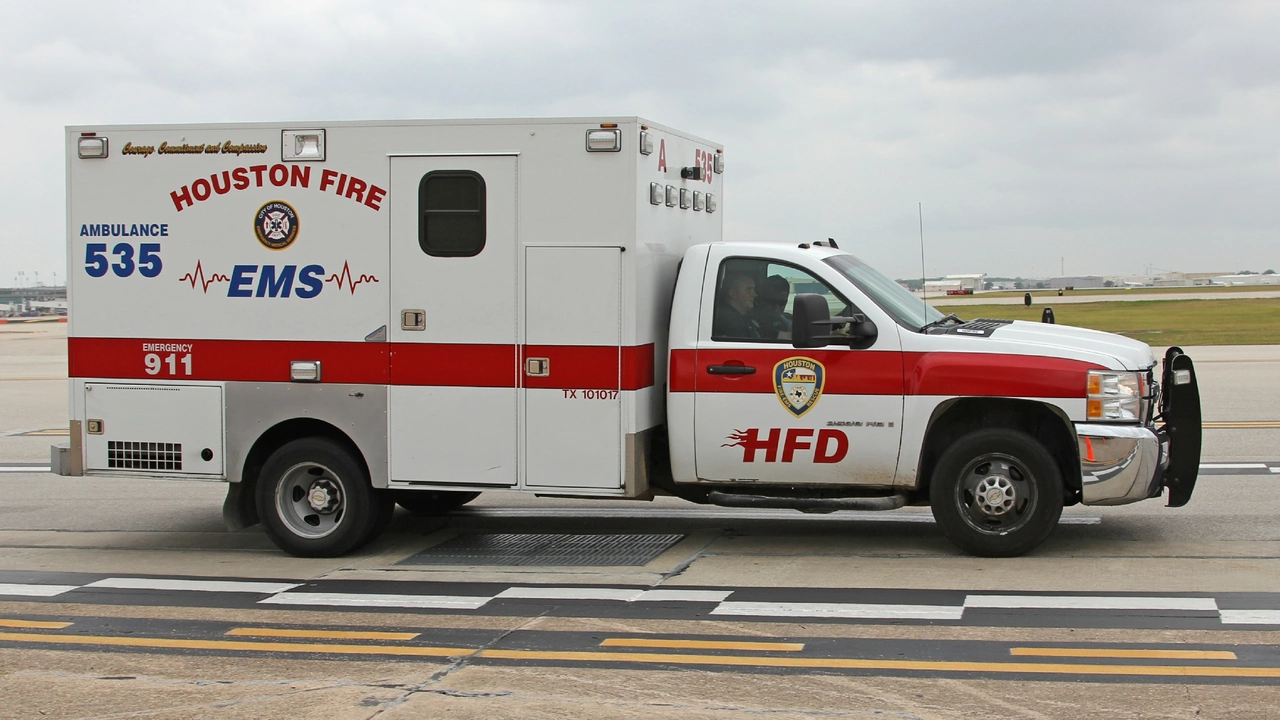Ambulance Ride in Motorsports: A Practical Guide
Ever watched a race and wondered what happens when a rider or driver gets hurt? The answer is simple: an ambulance ride. It’s the fastest way to get a racer from the track to a medical team, and it can make the difference between a quick recovery and a serious problem.
Why ambulance rides are crucial on the track
Racing speeds can reach over 200 mph. A crash at those speeds throws a lot of energy into the body, so injuries can be severe. That’s why every major event has dedicated medical cars, motorcycles, and ambulances stationed at strategic points. They are ready to roll the second a flag drops or a marshal signals an incident.
Time matters. Studies from race medicine units show that getting a patient to a hospital within the first 15 minutes improves survival odds dramatically. An ambulance ride isn’t just a ride – it’s a mobile intensive‑care unit, equipped with stretchers, oxygen, and trained paramedics who can start treatment on the move.
What a typical ambulance ride looks like at a race
When an accident occurs, the race control team decides whether to dispatch an ambulance. The crew arrives at the scene, secures the injured rider, and carefully lifts them onto a stretcher. The stretcher slides into the ambulance, which is usually a high‑performance vehicle designed to handle rough terrain around the circuit.
Inside, paramedics monitor vital signs, administer pain relief, and stabilize any broken bones. They keep radio contact with the medical centre at the circuit, so doctors are ready for the hand‑over. The ride to the medical centre is as smooth as possible – the driver knows the fastest route and avoids traffic or obstacles.
Once the ambulance reaches the medical centre, the patient is transferred to a full‑time emergency team. From there, if further care is needed, an air‑ambulance or a hospital ambulance takes over. The whole process is rehearsed many times a year, so everyone knows their role.
For fans, the ambulance ride may seem dramatic, but it’s a well‑orchestrated part of race safety. The loud siren you hear isn’t just for show; it alerts everyone on the circuit that medical help is on the way.
If you ever find yourself close to a crash scene, stay clear of the ambulance. Give it space, follow the marshals’ directions, and remember that the priority is the injured rider’s health.
In short, an ambulance ride is the lifeline that bridges the gap between a crash and proper medical care. Knowing how it works helps you appreciate the safety measures behind every race and why quick response matters more than you might think.



